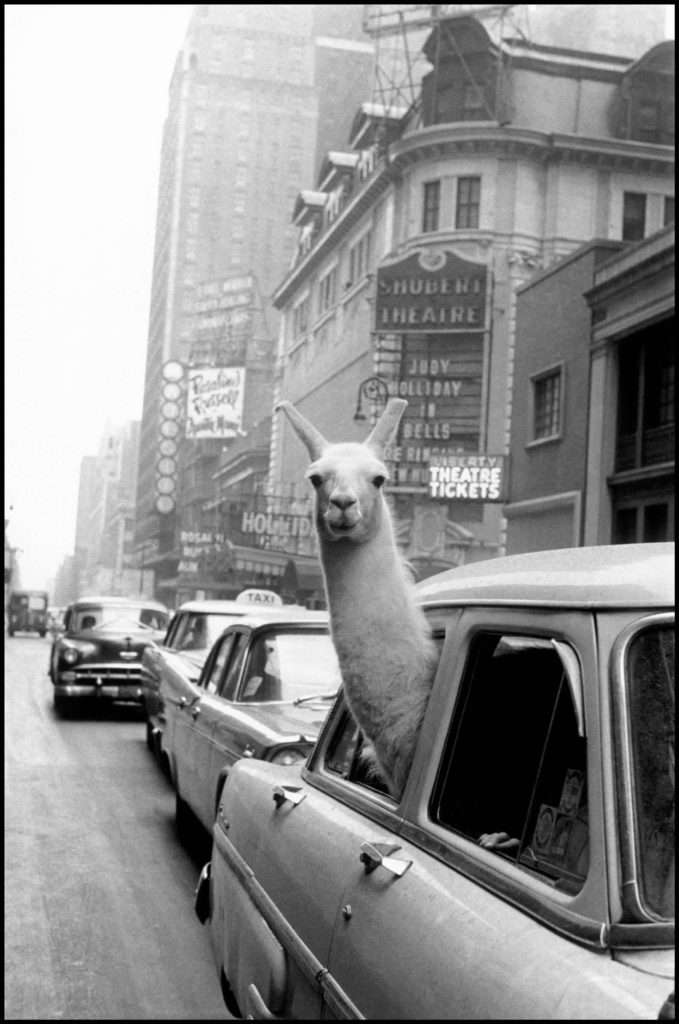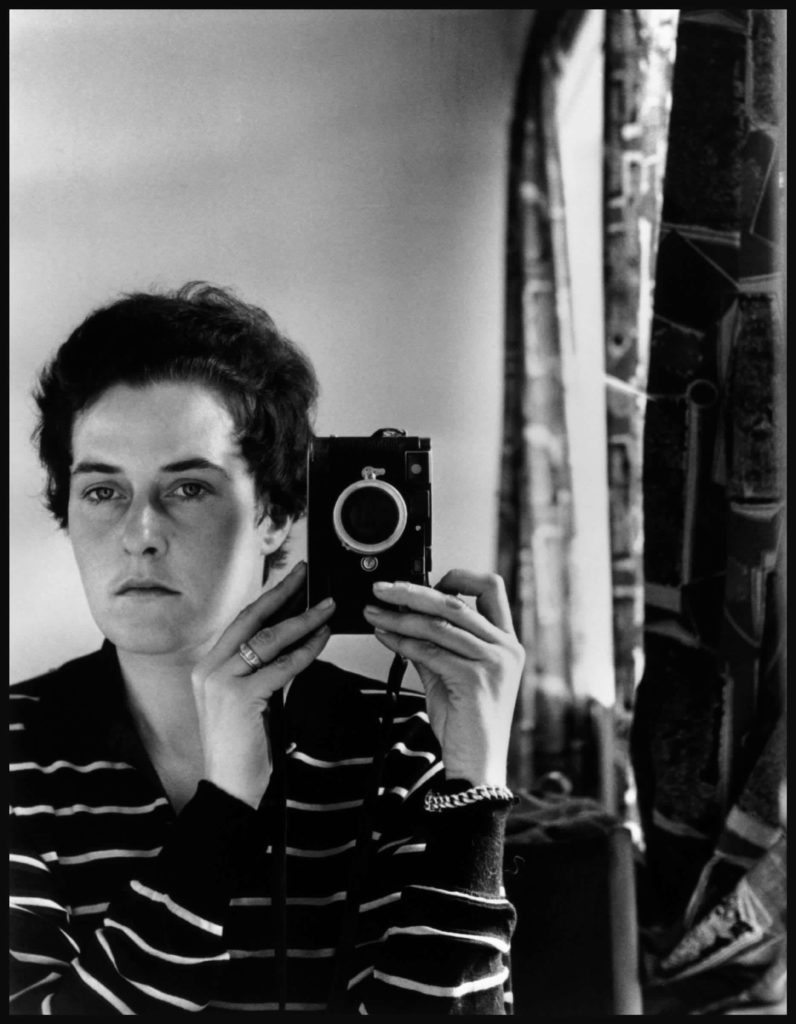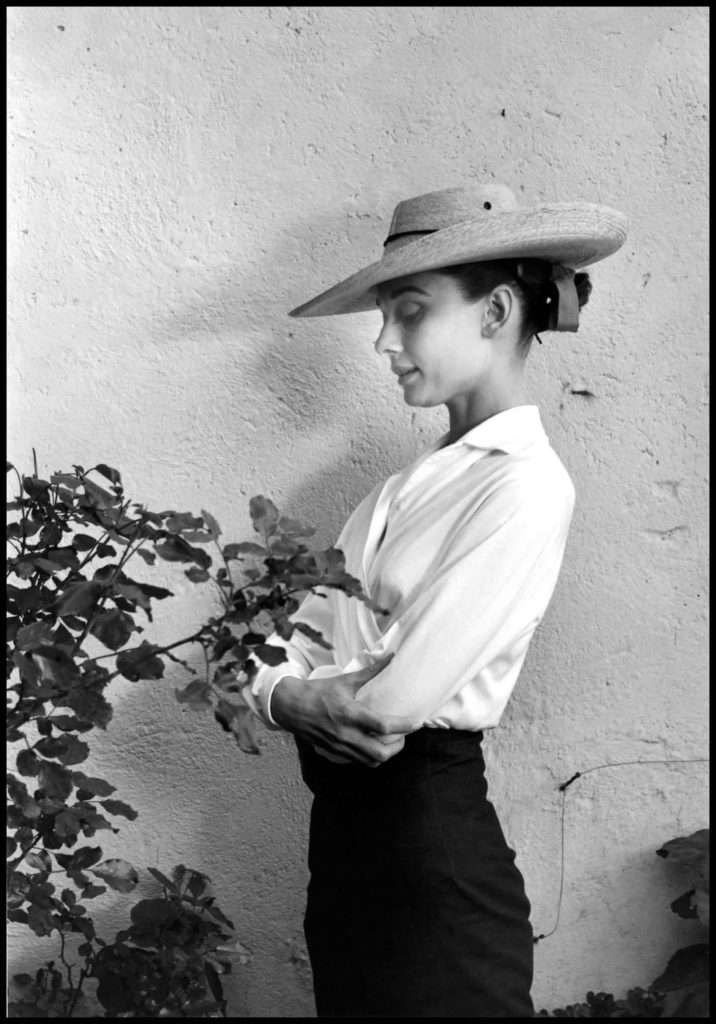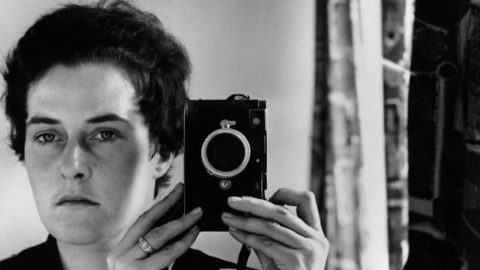Fino 1 November 2020, the Carlo Maria Martini Diocesan Museum in Milan hosts a retrospective dedicated to the Austrian photographer Inge Morath (Graz, 1923 – New York, 2002), the first woman to be accepted into the Magnum Photos agency.
The initiative is part of the cultural schedules Air of Culture e women's talents, promoted and coordinated by the Municipality of Milan.
Through 150 original images and documents, the exhibition, curated by Brigitte Blüml – Kaindl, Kurt Kaindl, and Marco Minuz, produced by Suazes, Fotohof and Magnum Photos, with the support of the Austrian Culture Forum, with the support of Rinascente, IGP Decaux media partner, retraces the human journey and professional interest of Inge Morath, from the beginning alongside Ernst Haas and Henri Cartier-Bresson up to the collaboration with prestigious magazines such as Picture Post, LIFE, Paris Match, Saturday Evening Post e Spindrift, through his main travel reports, which he prepared with maniacal care, studying the language, traditions and culture of each country he went to, whether they were Italy, Spain, Iran, Russia, China, to the point that her husband, the famous playwright Arthur Miller, recalled that "As soon as she sees a suitcase, Inge begins to pack it".
The exhibition itinerary takes account of this inclination of his, presenting some of his most famous reportages, such as the one made in Venice in 1953, with images taken in less frequented places and in the working-class neighborhoods of the lagoon city, which marry the photographic tradition of the Magnum agency to portray people in their daily lives. Some surreal settings and some strongly graphic compositions are an explicit reference to the work of his first mentor Henri Cartier-Bresson.
Inge Morath's images reflect her most intimate needs, but at the same time they are like pages from her life diary, as she herself wrote: "Photography is essentially a personal matter: the search for an inner truth".
Inge Morath's itinerary continues in Spain, a country she visited often, starting in 1954 when she was commissioned to reproduce some paintings for the French art magazine L'Oeil and to portray Pablo Picasso's sister Lola, often reluctant to be photographed, but also from communist Romania, her native Austria, the United Kingdom.
A section dedicated to Paris could not be missing, one of Inge Morath's 'places of the heart', where she met the founders of the Magnum agency: Henri Cartier-Bresson, David Seymour and Robert Capa. Being the youngest photographer of the Agency, in the French capital she was entrusted with minor jobs such as fashion shows, art auctions or local parties; however, her interest in the bizarre aspects of everyday life clearly emerges in these images.

Inge Morath's dream was always to visit Russia. She approached this country studying its culture and learning its language before her first trip, which took place in 1965, in the company of her husband, Arthur Miller, then president of the PEN club - an international non-governmental association of writers, in which they had the opportunity to visit Russian artists and intellectuals oppressed by the regime, as well as carry out official programs. From that trip a large photographic work was born which in the following years was enriched by other material collected on other occasions.
The ideal world tour with Inge Morath continues in Iran, where she managed to deepen her knowledge of that region, moving within the female dimension and grasping the relationship between the old traditions and the transformations triggered by modern industrial society in a strongly patriarchal and ideally closed in New York where in 1957 he made a report on behalf of Magnum.
In this period Inge made photographs of the Jewish quarter, of the daily life of the city, as well as portraits of artists with whom he became friends. New York, as evidenced by the book of the same name published in 2002, will remain an important place throughout his life.

After her marriage to the writer Arthur Miller in 1962, Morath moved to an old and isolated farm in Roxbury, about a two-hour drive from New York. A country place away from the hustle and bustle of the city, where she raised her two children Rebecca and Daniel.
The exhibition also gives ample space to the portrait, a theme that has accompanied her throughout her career. On the one hand she was attracted by celebrities, such as Igor Stravinsky, Alberto Giacometti, Pablo Picasso, Jean Arp, Alexander Calder, Audrey Hepburn, on the other by the simple people she met during her reportages. Among the most iconic shots, the photograph of Marilyn Monroe who performs dance steps in the shade of a tree stands out, taken on the set of the 1960 film "The Misfits", the same one where Inge met Arthur Miller who was married at the time just with the American actress.

Whether they were ordinary people or well-known artists, his interest was always aimed at the human being as such. His photographic style has its roots in the humanistic ideals of the post-war period but also in the photography of the 'decisive moment', as Henri Cartier-Bresson had defined it. In fact, every portrait of him was based on an intense relationship or even on a profound knowledge of the person immortalized.
One section also offers the series of curious 'masked' portraits born from the collaboration with the illustrator Saul Steinberg which date back to his first trip to New York during which he became acquainted with the artistic production of the American illustrator, remaining enthusiastic about it.
In the 60s Steinberg had begun making his own series of masks and asked Inge Morath to find people to photograph in suitable clothes for these masks. The shots have in common the fact that they are set in New York daily life.





